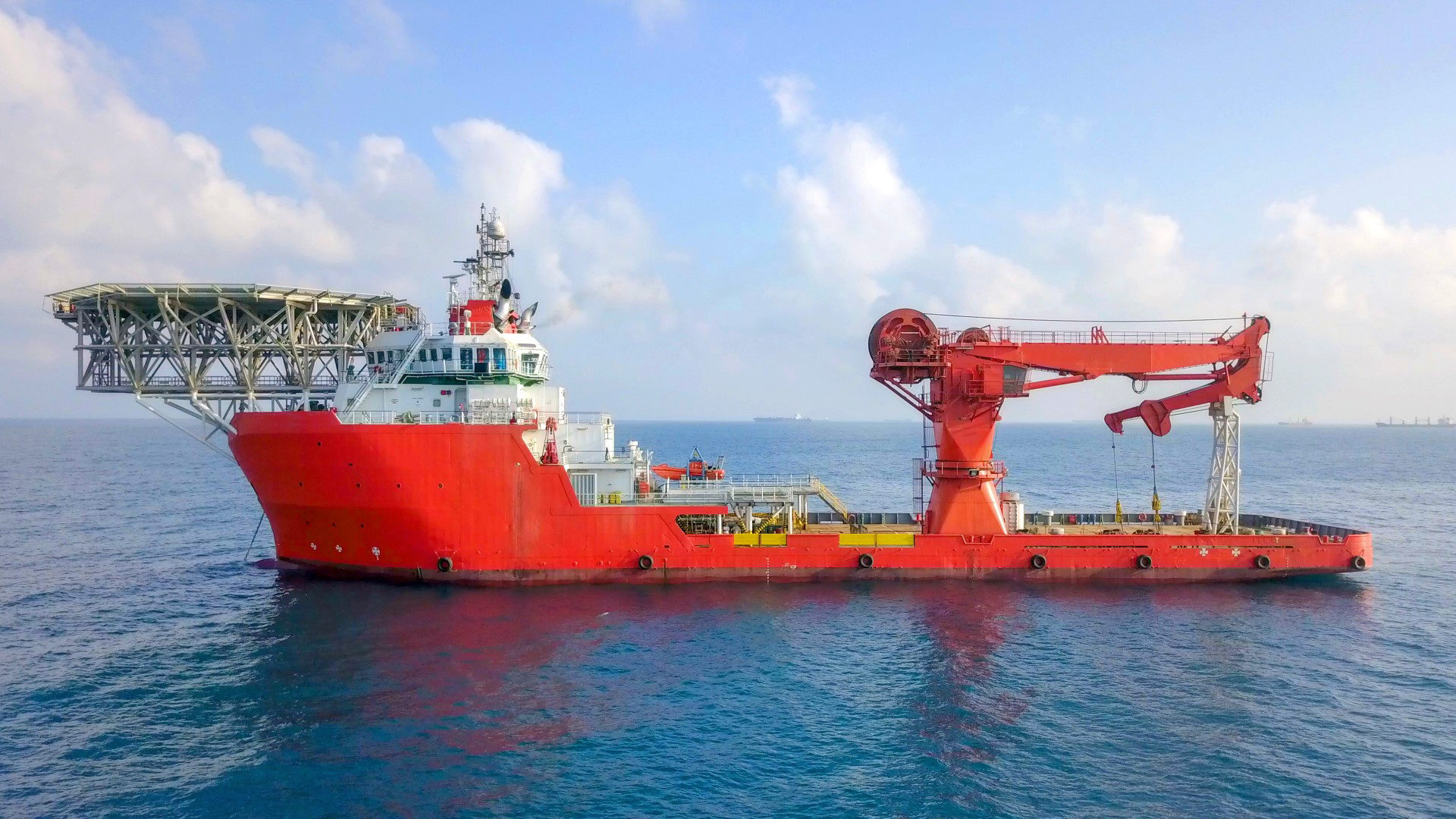Marine SCR – Retrofitting
The first retrofit installation of marine SCR dates back to 1989. Three out of the four retrofitted ships were still in operation with the original catalyst. This is yet another proof that the SCR is an old and proven technology.
Current NOx regulations cover only a fraction of the global operating fleet and are limited only to designated NOX emissions control areas. With sea NOx emissions predicted to rise, the shipping community should find solutions that compensate for the lack of truly global regulation. In our view retrofitting has a key role to play if reducing marine NOx pollution shall have an effect in the lifetime of the existing fleet which is minimum 20 years.
Retrofit technology is viable for all type of vessels, including cruise, offshore, fishing and cargo, and we estimate that more than 250 vessels have retrofitted SCR to their engine systems.
Benefits of retrofitting marine SCR:
- Can meet the NOx emission limits set by IMO Tier III;
- Provide fuel efficiency gains and this lower operating cost and CO2 emissions;
- Reduction in social cost that outweigh cost of retrofit installation;
Re-routing
Implementing regulation that only applies to new-built vessels can have undesired effects such as prolonging the lifetime of older vessels, that besides emitting large amounts of NOx, have a large carbon footprint and are at high risk of polluting with oil spills and particles. This combined with the limitation of geographical areas wherein the IMO NOx regulation applies – the so called NECAs (NOx Emission Controlled Areas) – provides the incentives for ship owners and operators to use old vessels in the NECAs.
The result is an environmental regulation likely having an effect directly opposite to the intention – more pollution in the areas concerned.

